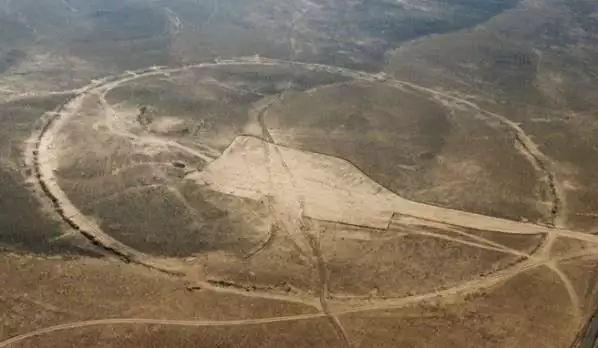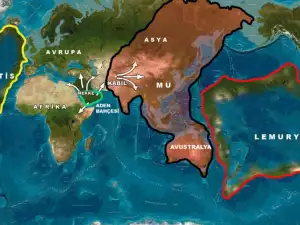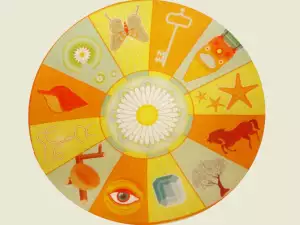In the lands of Jordan, there are enormous circles which have puzzled scientists for years on end.
But now, Australian and Jordanian archaeologists have photographed 12 new, large circles located in Jordan from the sky.
They will attempt to discover exactly what their intended purpose was and at the same time want to make them more popular among people.
Known in the scientific community as "Big Circles", these truly huge rings have an impressive diameter. The mysterious stone circles were spotted for the 1st time from a plane in the 20s of the last century.
Then, a series of discoveries were made in 1930, 1953 and 2002. Despite this, they have barely been studied at all. A similar circle was found on Syrian territory.
8 of the newly found large circles are located in the central part of Jordan, while the 2nd group of 4 circles is found north of the Azraq oasis.
All of the circles except one have a diameter ranging from 722 ft (220 m) to 1476 ft (450 m). They look very similar and this, according to archaeologists, is not at all coincidental.
The circles are built of stone, and they are about 3.5 ft (1 m) tall. There is no opening in the circles and to get in, people would have had to climb over the stones.
Head of the expedition, Prof. David Kennedy from the University of Western Australia, further told that the landscape of the Near East is actually heavily dotted with round stone structures.
His research reveals that most of them are not perfect circles but there are some that are. The thickness of the walls, which were built from worked stone, is less than 1 inch (1-2 cm).
Archaeologists still cannot determine their function. Detailed analysis of the photos, as well as of the artifacts unearthed around the circles, show that they are at least 2000 years old.
Archaeologists note that it is possible for them to be even older - from prehistoric times, even before the invention of writing.
They want to dig around the mysterious objects in order to accurately answer the question of what their purpose was. For almost a century now, they have not been able to provide a suitable answer.








